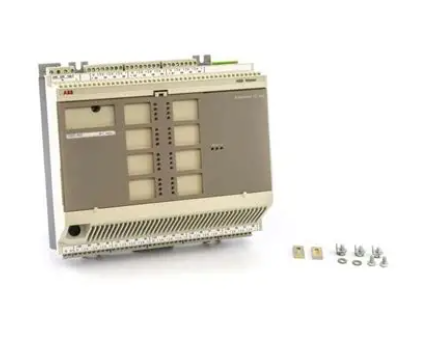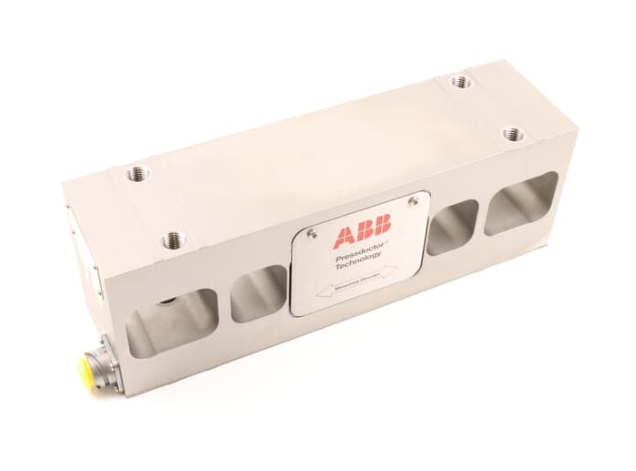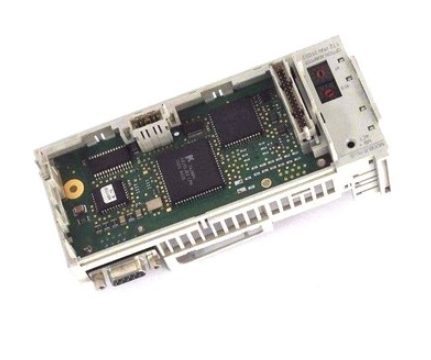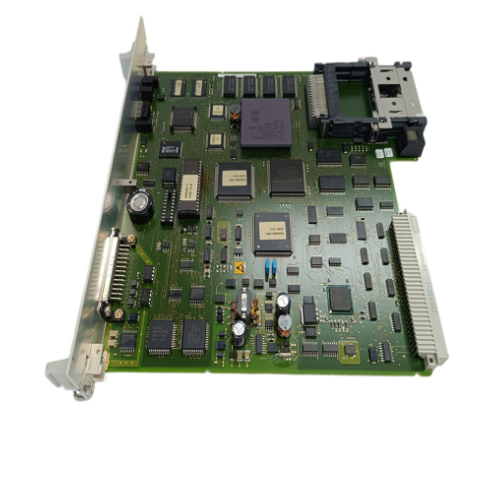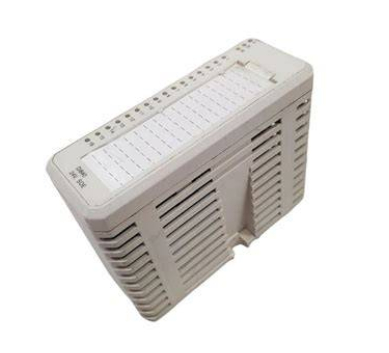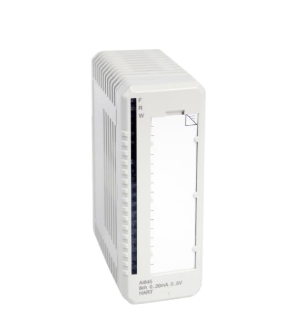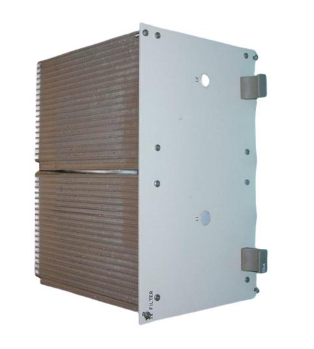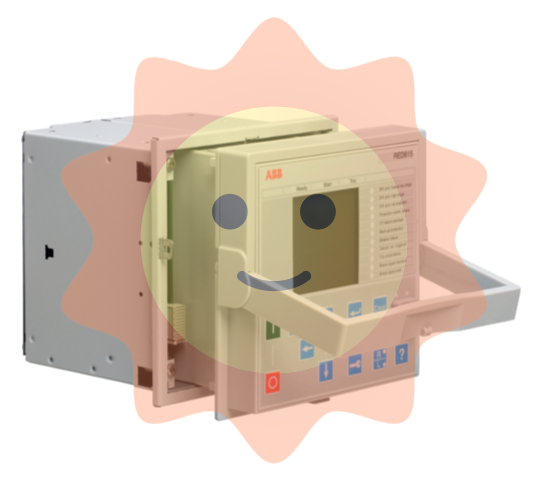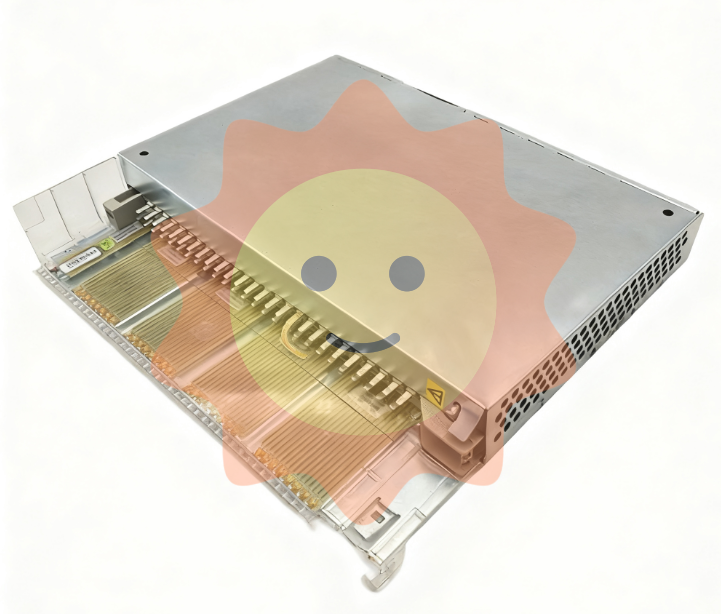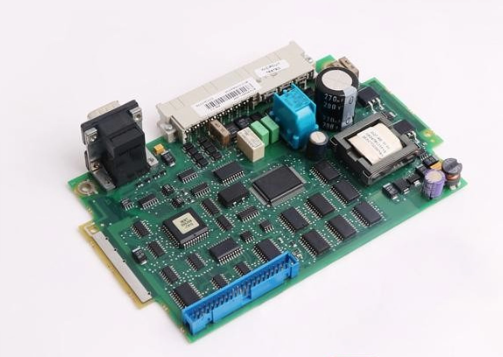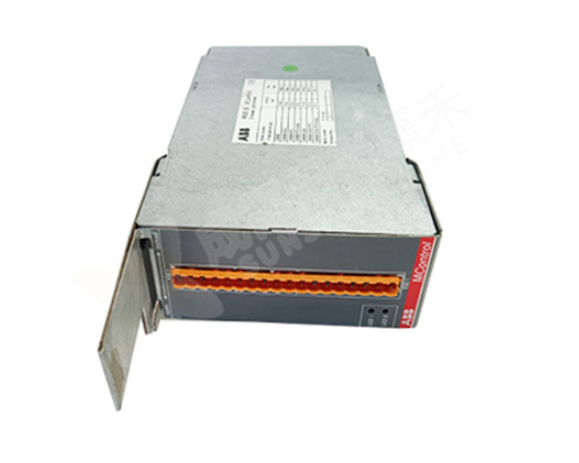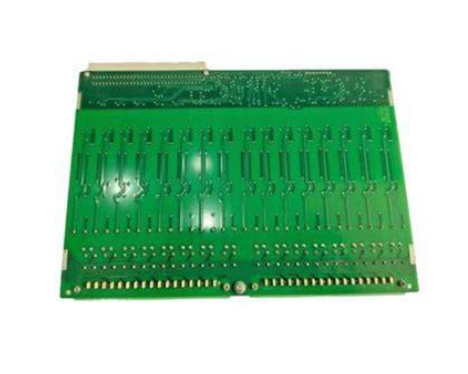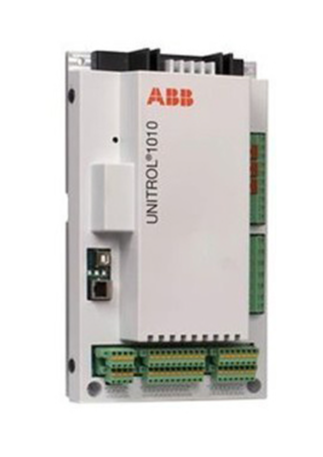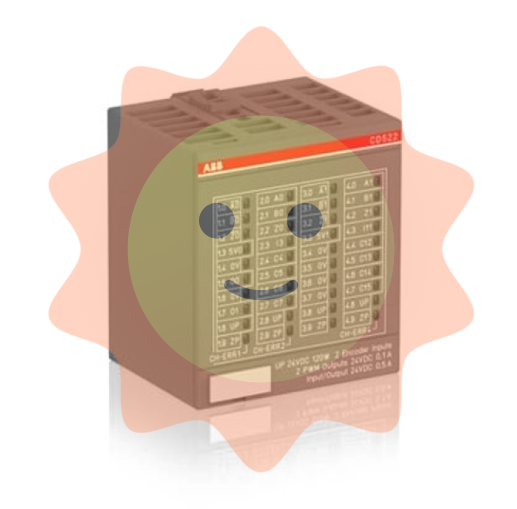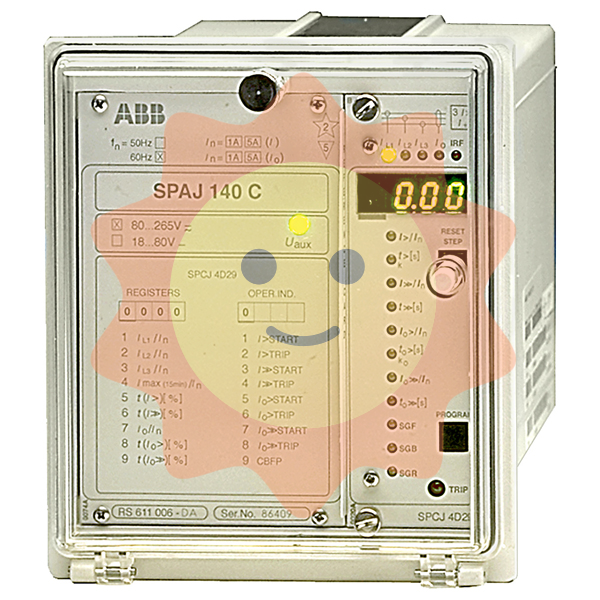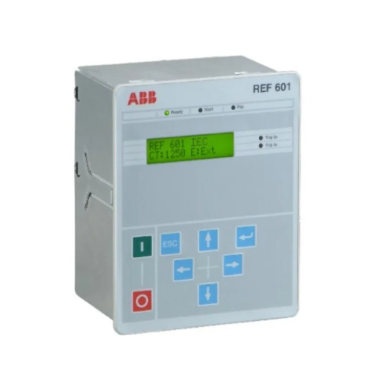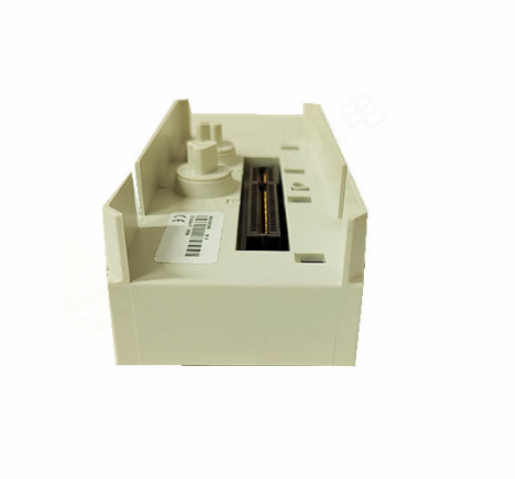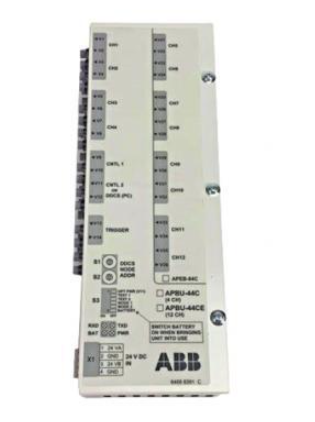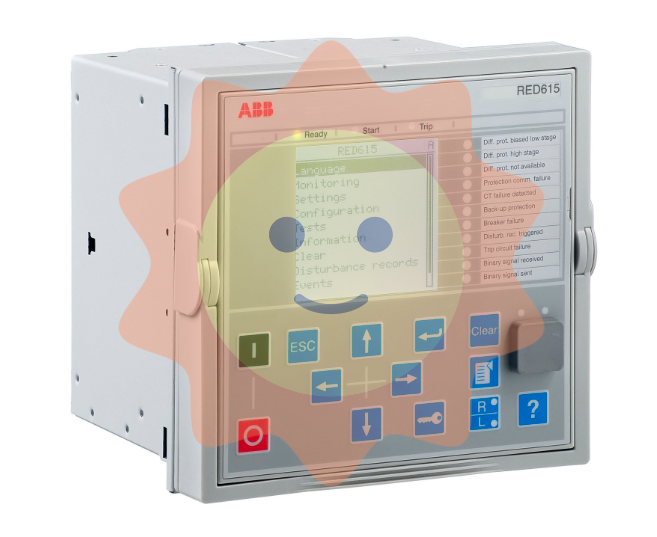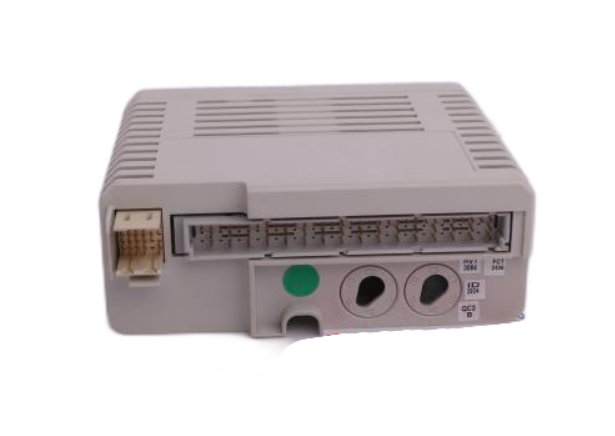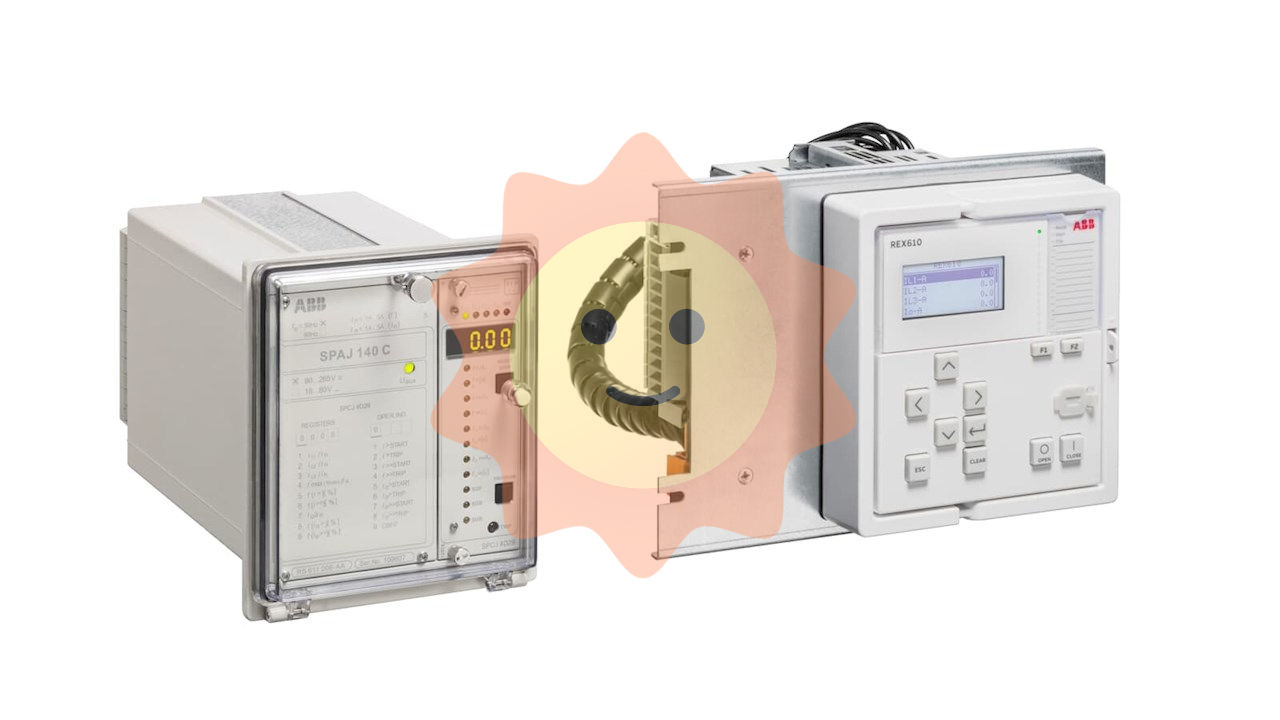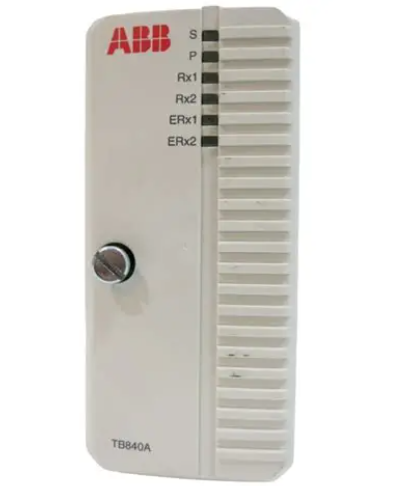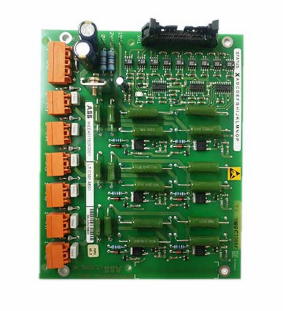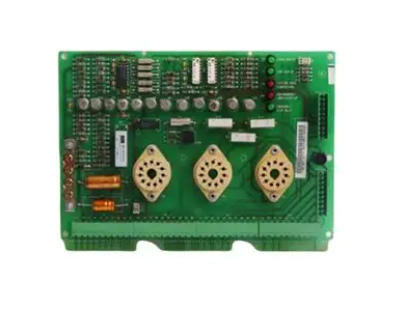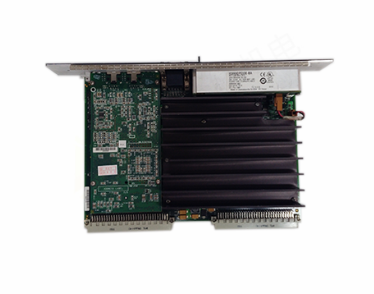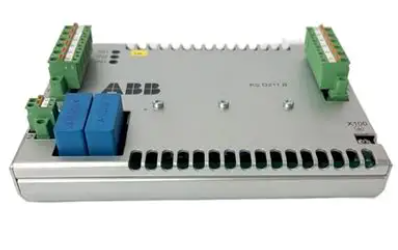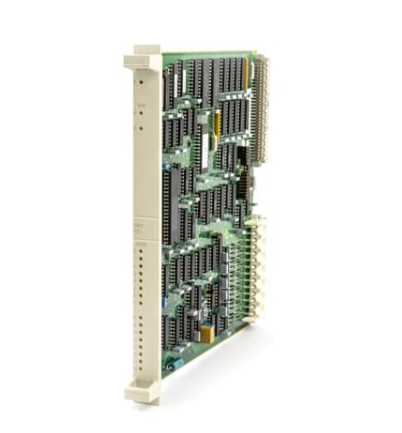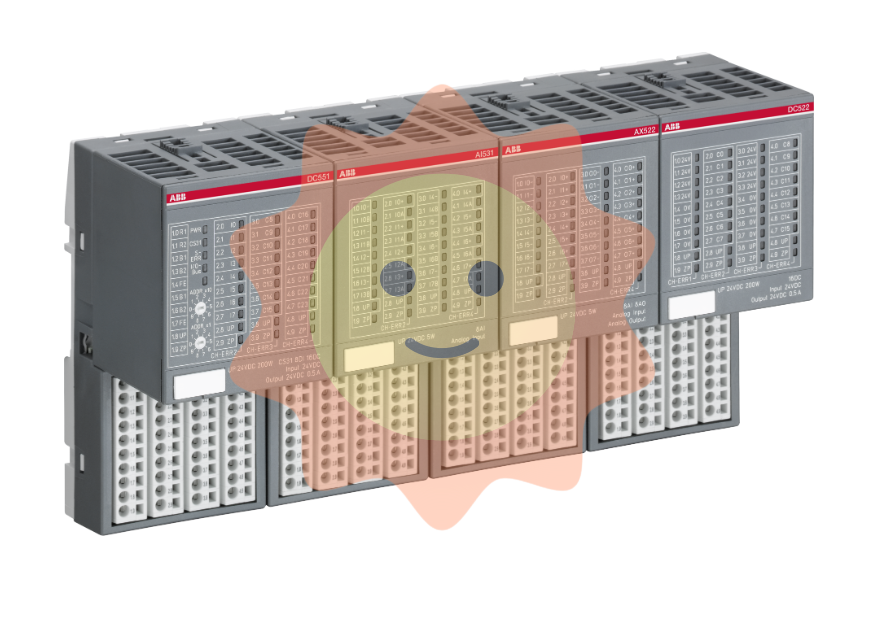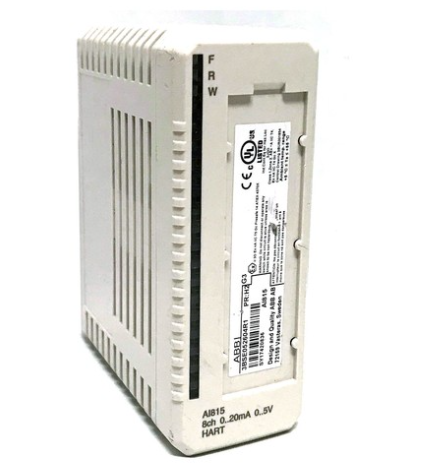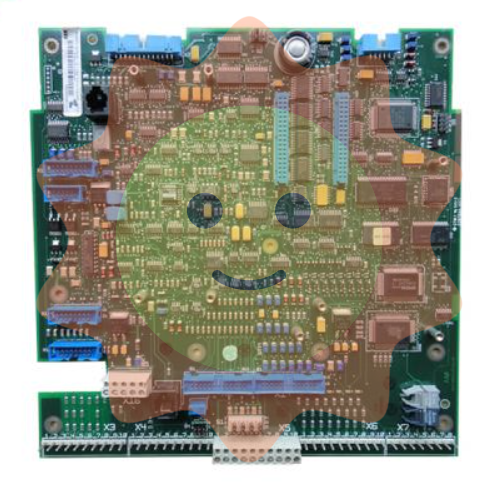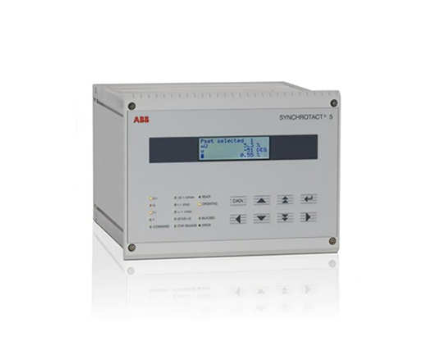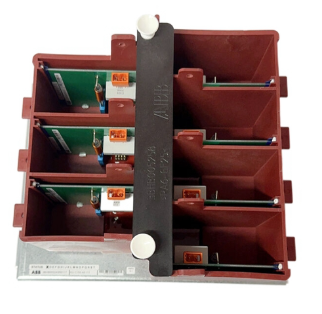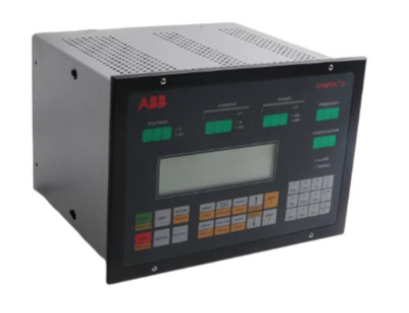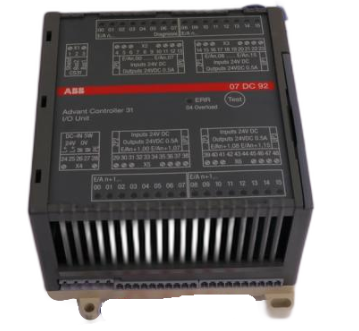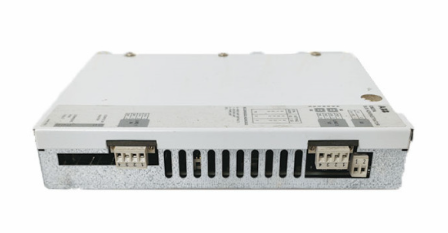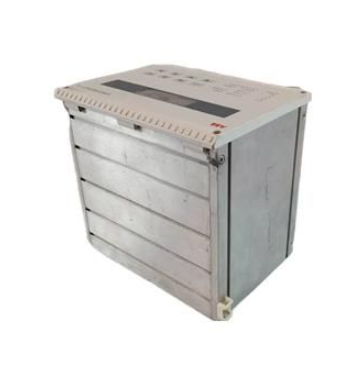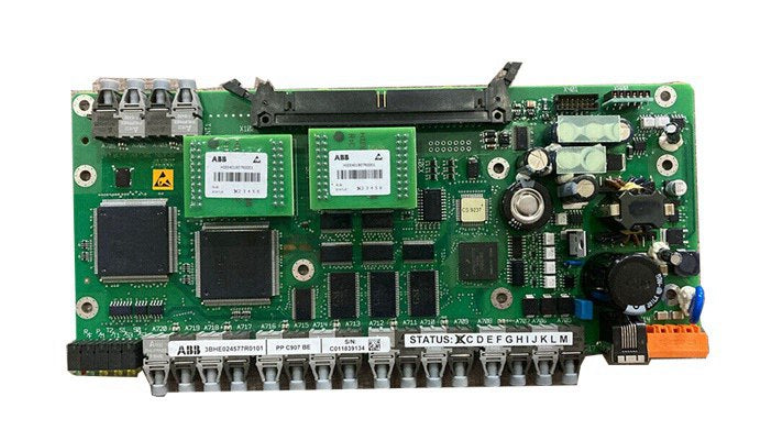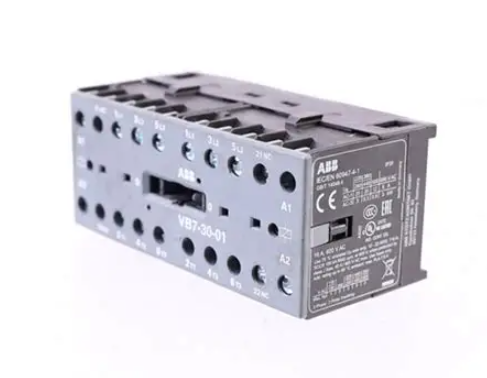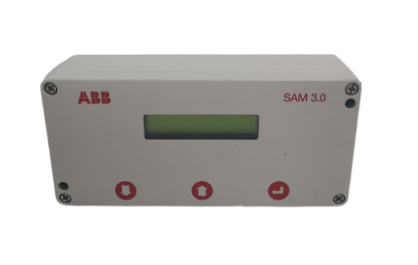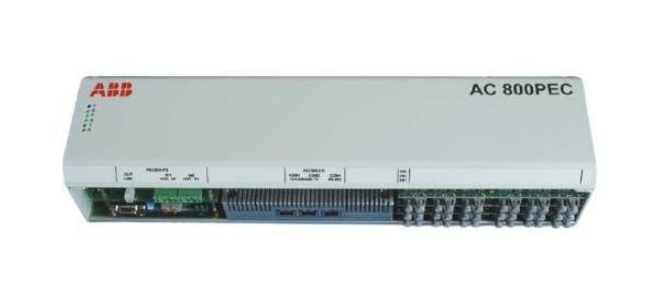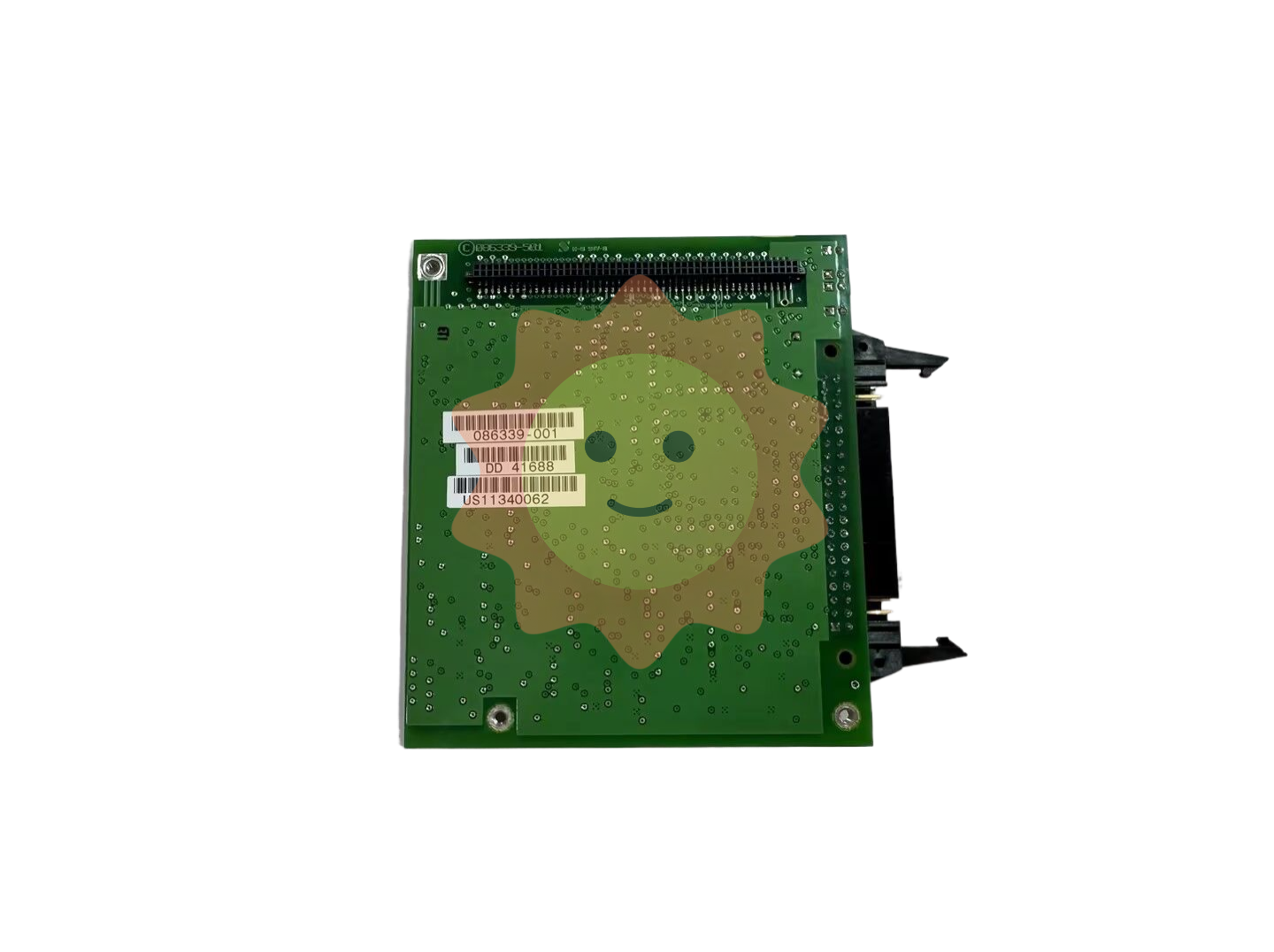GE 169 MOTOR MANAGEMENT RELAY
GE 169 MOTOR MANAGEMENT RELAY
Product overview
Protection requirements and functionality: Modern three-phase AC motors require precise protection and the 169 Relay has been developed for this purpose.
It thermally models the motor's phase currents and stator RTD temperature readings,
takes into account the effects of negative sequence currents, calculates cooling times and monitors faults.
With overload, short circuit and earth fault protection, as well as monitoring, diagnostic and communication features, the 169 Plus is even more versatile.
Typical applications: Suitable for a variety of scenarios, such as protecting motors and equipment, ensuring personnel safety,
monitoring equipment operating status, and communicating with control systems.
Technical specifications: The measuring range, accuracy, conversion method and other performance indexes of the relay for various parameters
such as phase current, ground fault current, etc., such as the accuracy of overload curve tripping time and relay locking time.
Installation Guide
Physical dimensions and installation: the relay is compact, the installation needs to pay attention to the position and direction,
the installation dimensions and methods are provided, and electromagnetic interference should be avoided .
External Connection: Connections include power supply, CT, RTD, and other inputs and outputs,
which vary by model and function, and should be connected as required.
Control power supply: AC and DC voltages are available, AC voltage is selected by slide switch, make sure the voltage is correctly selected during installation,
and the control power supply should be connected and programmed before the motor is started.
Setup and Use
Control and Display Mode: Operated by 12-digit keypad and 48-character display, there are four modes: actual value, set point, help and trip/alarm,
which can view and set motor operating parameters, relay protection settings and other information.
Parameter setting: In setpoint mode, various parameters can be set, such as phase CT and motor full load current, acceleration time,
number of start-ups, etc. When setting, it is necessary to pay attention to the range of parameters and the relationship between them.
Special functions: thermal memory function, can adjust the overload protection according to the motor running status;
emergency restart can be forced to restart the motor under specific circumstances; the relay also provides statistical data records and factory preset values.
Relay Testing
Test Methods: Includes primary and secondary injection tests to check relay functions such as phase current input,
ground fault current, RTD measurement, etc.
Routine Maintenance Verification: Periodic testing checks the protection system by simulating fault conditions to ensure that
the relay is functioning correctly and that setpoints are restored after testing.
Working Principle
Hardware: Controlled by the 8031 microcomputer, it consists of several circuit modules such as power supply, signal processing, temperature monitoring,
etc., which work together to realise the relay functions.
Firmware: Programmes stored in the EPROM control the mathematical, logical and control functions of the relay,
performing various tasks such as data acquisition, fault judgement, display update, etc. through timed interrupts.
caveat
Mounting Environment and Physical Installation: The relay should be mounted in a location where the display is visible and the keypad is operable,
and away from high current conductors or sources of strong magnetic fields to reduce electromagnetic interference.
Cut appropriately sized openings in the mounting panel as required and secure using the supplied mounting hardware.
If using a 169 drawout relay, pay attention to the sequence of operations during installation
and removal to prevent unintentional motor shutdown and risk of electric shock.
External Connections: The type of connection depends on the programming of the relay.
Basic connections include power, three-phase current CT inputs, and trip relay contacts.
When connecting, pay attention to the polarity and phase sequence of the CTs to ensure that the earth fault CTs are correctly installed,
all current carrying conductors need to be routed through the earth fault CTs and the safety earth wire should be outside the CT window.
Output relays of different functions (e.g. trip, alarm, auxiliary relay, etc.) have different connection requirements and rated loads,
and should be connected in strict accordance with the regulations.
Control power supply: The control power supply has a variety of voltages to choose from, the AC voltage is selected by a slide switch,
before installation make sure that the switch is set correctly and that the control power supply label is consistent with the selected voltage.
The control power supply must be connected to the relay and programmed before the motor is energised.
Also note that the chassis earth terminal should be connected directly to a dedicated cabinet earth conductor
- EMERSON
- Honeywell
- CTI
- Rolls-Royce
- General Electric
- Woodward
- Yaskawa
- xYCOM
- Motorola
- Siemens
- Rockwell
- ABB
- B&R
- HIMA
- Construction site
- electricity
- Automobile market
- PLC
- DCS
- Motor drivers
- VSD
- Implications
- cement
- CO2
- CEM
- methane
- Artificial intelligence
- Titanic
- Solar energy
- Hydrogen fuel cell
- Hydrogen and fuel cells
- Hydrogen and oxygen fuel cells
- tyre
- Chemical fiber
- dynamo
- corpuscle
- Pulp and paper
- printing
- fossil
- FANUC
- Food and beverage
- Life science
- Sewage treatment
- Personal care
- electricity
- boats
- infrastructure
- Automobile industry
- metallurgy
- Nuclear power generation
- Geothermal power generation
- Water and wastewater
- Infrastructure construction
- Mine hazard
- steel
- papermaking
- Natural gas industry
- Infrastructure construction
- Power and energy
- Rubber and plastic
- Renewable energy
- pharmacy
- mining
- Plastic industry
- Schneider
- Kongsberg
- NI
- Wind energy
- International petroleum
- International new energy network
- gas
- WATLOW
- ProSoft
- SEW
- wind
- ADVANCED
- Reliance
- YOKOGAWA
- TRICONEX
- FOXBORO
- METSO
- MAN
- Advantest
- ADVANCED
- ALSTOM
- Control Wave
- AB
- AMAT
- STUDER
- KONGSBERG
- MOTOROLA
- DANAHER MOTION
- Bently
- Galil
- EATON
- MOLEX
- Triconex
- DEIF
- B&W
- ZYGO
- Aerotech
- DANFOSS
- KOLLMORGEN
- Beijer
- Endress+Hauser
- MOOG
- KB
- Moxa
- Rexroth


Email:wang@kongjiangauto.com

